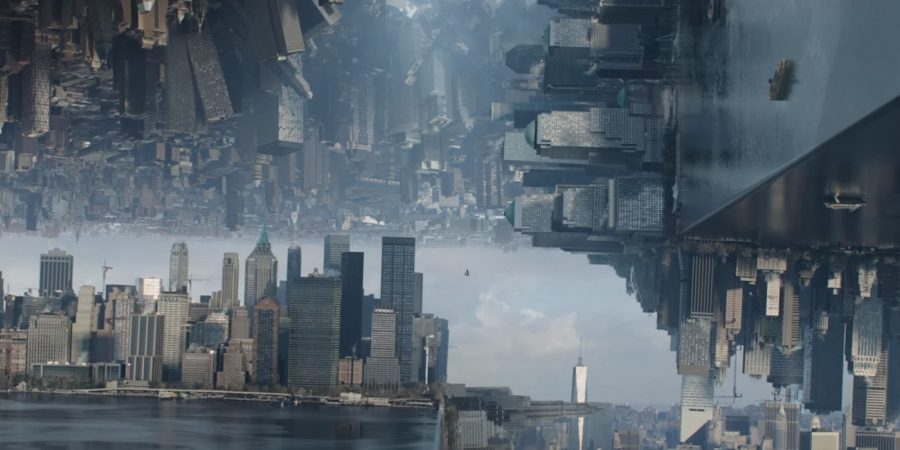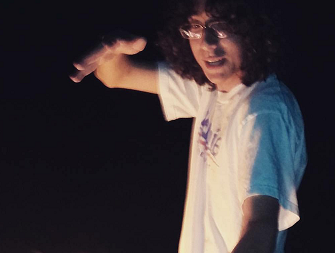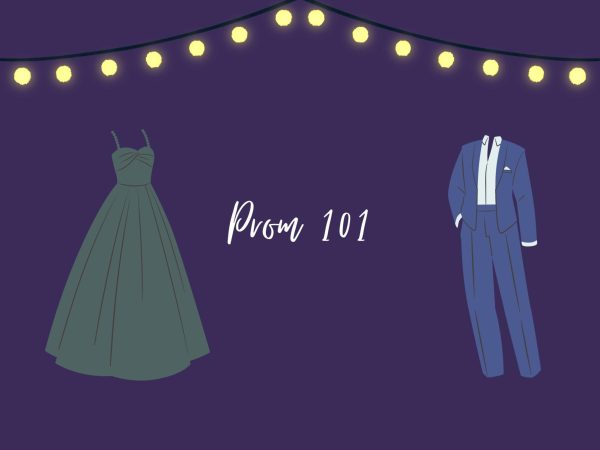Newest Marvel film leaves viewers feeling “strange”
Marvel’s newest movie Dr. Strange entices audiences with mind-bending CGI, but falls flat in terms of plot and structure.
November 11, 2016
On November 4th, Marvel released their 14th superhero film, Dr. Strange. Comparable to every Marvel film before it, Dr. Strange opened at the #1 spot at the box office, grossing $85 million its opening night.
However, unlike other Marvel blockbusters, like The Avengers or Guardians of the Galaxy, Dr. Strange failed to live up to expectations, delivering little more than an awfully paced, terribly written piece of opportunism, with admittedly well-rendered computer generated imagery (CGI).
The film opened with a magical battle between Tilda Swinton and a hooded figure she refers to as “Kaecilius.” The digital effects in this scene create a city-twisting kaleidoscope that dazzles the eyes. If the producers moved beyond that trick more than once, which disguises the lack of any coherent plot.
Director Scott Derrickson proves he can compose excellent shots, and string together a coherent plot in the movies next section, introducing the character of Dr. Stephen Strange. While Benedict Cumberbatch’s speaks with an absolutely atrocious American accent, this portion of the film surpasses the others by far.
The markedly superior quality of Strange’s introduction might cause itself: the large amount of time allotted to this comparatively unimportant part of the movie allowed only minor amounts of time for the much more important and interesting magical training sequence. Regardless, if standing alone, the first half of the movie would receive a grade of B.
After Strange crashes his car, while travelling 120 mph down a one-lane mountainside road, he searches for months to find someone who can heal his damaged hands.
He discovers the the Kamar-Taj monastery, and after the Ancient One shows him the “truth of the universe” in (admittedly) one of the most incredible pieces of CGI in any movie in the past five years, decides to become a scholar of magic.
Five minutes of training, and ten minutes of exposition later, the monastery blows up, and Strange fights one of the most powerful mages in the world to a stalemate. The terrible pacing of the movie shines through here, with around twenty-five minutes dedicated to establishing Strange’s narcissistic, abrasive character, but only around five spent on actual magical training, the movie’s original focus.
Strange spends about seven minutes attempting to start his training, feeling inferior to all the Ancient One’s other students, and then five minutes later, can stand his own against one of the world’s most powerful sorcerers. This plot shortening categorizes the movie; it bursts with ideas, but dedicates sufficient time to none of them.
The rest of the movie deals with a hastily-introduced villain named Dormammu, and Kaecilius’s plan to hand the world over to him, in return for immortality for humanity, and infinite power by channeling his energy.
Strange manages to defeat Kaecilius and Dormammu through an admittedly clever Chekov’s Gun, but despite this clever ending, the first and second halves of the movie felt disjointed, as if the producers tried to fit the plots of two separate movies into 90 minutes.
However, this movie does possess quite a few redeeming qualities. As previously mentioned, the CGI truly immerses the viewer into Strange’s world of magic, with city-bending imagery and beautiful, yet terrifying cosmic spirit-journeys. Additionally, Benedict Cumberbatch’s acting, not counting his horrible American accent, will transport any viewer to a busy New York hospital, or the monastery at Kamar-Taj.
The Chant’s Grade: C

















